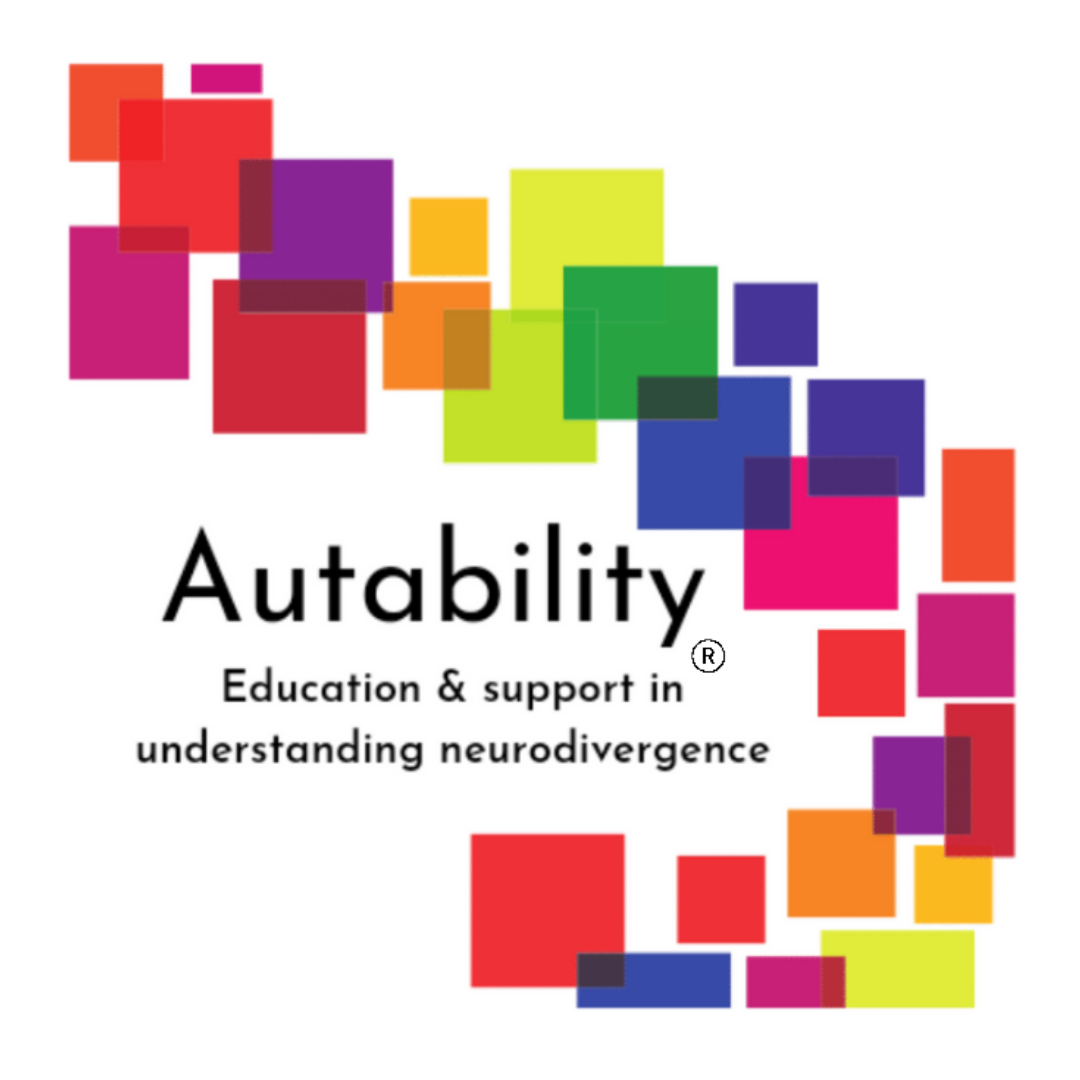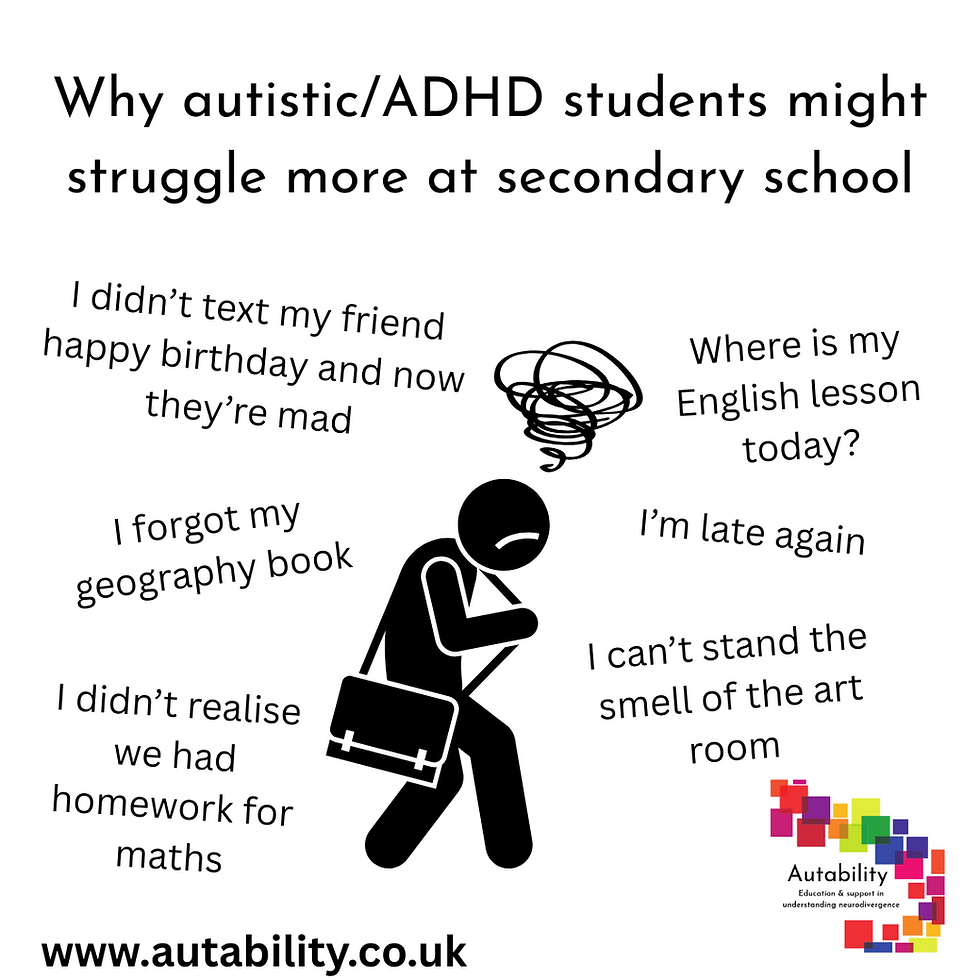The difference between direct response and conversation
- Autability

- Oct 22, 2022
- 3 min read
One thing that all autistic people find a challenge is communication. How these communication challenges present are dependent upon each person. Each person will have their own "normal range". For some, the range may be quite small and for others much vaster. It is perfectly possible that an autistic person may range from non-verbal to being able to participate in a multi way conversation.
This can be very hard for neuro typical people to understand. Especially when looking at a child and attempting to analyse their development. When I was teaching, I became frustrated when colleagues would comment that "x is so quiet in the playground but won't stop answering questions they know the answer to – they seem to turn it on and off”.
Another approach was to then suggest that the child was a selective mute. Whilst both of these statements may be true for some autistic people, the main error in their analysis was their view on communication. They were looking at it as a single thing that was transferred between different situations. For me and I believe many other autistic people, the ability to communicate is a perpetual motion, always changing and never remaining a constant.
Like most things my brain compartmentalises communication into various sections – too many to go into here (so you can all breathe a sigh of relief). I will focus on the two main sections which I have acknowledged for as long as I can remember – direct response and conversation.
Direct response has and will always be my favourite. By direct response I mean answering a question or a series of questions on a specified topic. This kind of communication happens in a highly scaffolded environment. When I was a child, it happened primarily in school but as an adult it may happen at work, at a medical appointment or a meeting. This has always been my preferred type of communication, especially if it is on a topic that I understand and have an interest in.
When I was in primary school, I loved history. My brain liked the way that the past lined up in a logical order and the main facts were stable, they didn’t change. The Battle of Hastings was always in 1066 and I wasn’t going to be told I suddenly had to relearn something.
These certainties mean my brain doesn’t have to process too much. If I know the topic being discussed and then the specific question, I can process it in two main stages. Firstly, once I know what the topic is I can discount every other topic in my brain which clears some space. Secondly when I hear the question, I know that it relates to a more concise area. As well as the subject matter being concise there is also more definition in the structure of the verbal exchange. Person asks a question – I process the question and recall the information and then answer.

The second main communication compartment is my least favourite – social communication. This form of communication often happens in environments where I am already feeling heightened, and my reserves are running low. In a social conversation, much of the rigidity and structure of direct questions has vanished! Who starts the conversation? Where will I get my cues from to start talking? I may be expected to answer more ambiguous questions including those of a more abstract nature, including my pet hate – how are you? How are you feeling? There is also then the concern that depending upon the environment, that other people might join the conversation and in doing so will completely ruin any sense of structure that I have managed to use to support myself.

I imagine that for neurotypical onlookers it can be hard to understand the differences between different kinds of communication and the impact that this has on the person’s ability to be able to successfully communicate. It can be easy for them to panic that there must be some additional problem that is restricting the person’s communication. Are they exaggerating and that they select when they communicate?
There will be those autistic people who have additional communication profiles to that which is normally associated to ASD and those presentations need to be monitored and assessed where necessary. There will always be variations on the profiles and preferences of every autistic person, having an uneven profile is not an instant cause for concern.
.png)



Comments